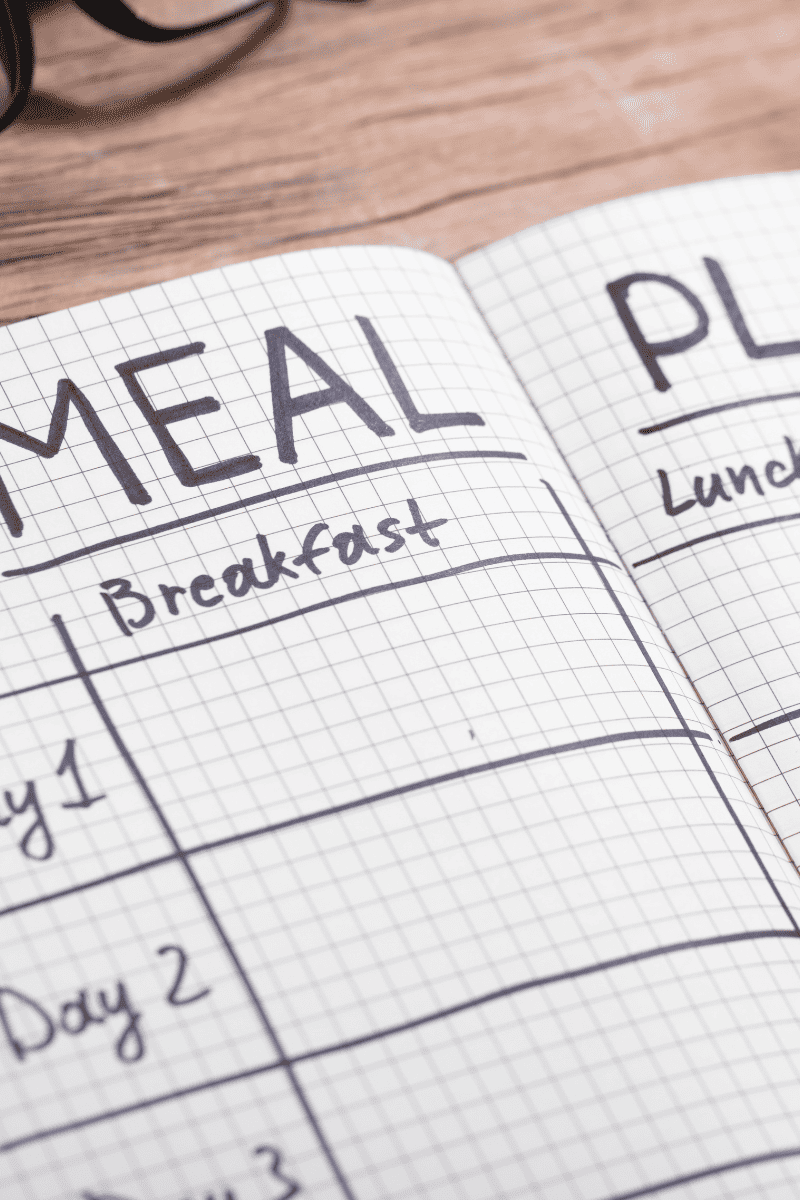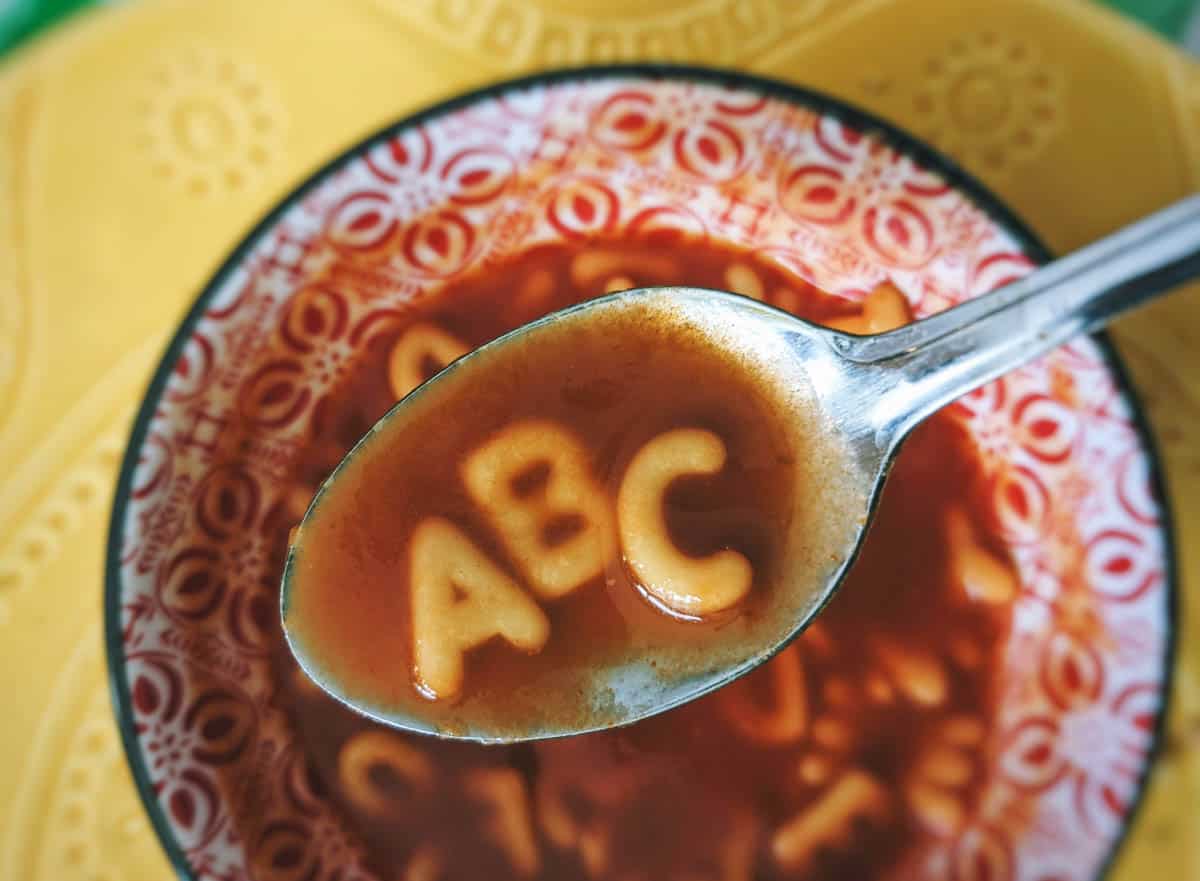The evidence is mounting that the focus on weight with children is causing harm. A new study came out just this week about the negative impacts of parents encouraging teenagers to diet to lose weight (1). The study followed 556 adolescents into adulthood and showed that when parents encourage their teenager to diet, the adolescent is at an increased risk for “overweight and obesity,” dieting, binge eating, engaging in unhealthy weight control behaviors, and lower body satisfaction 15 years later as a parent.
Don’t encourage kids to diet
The study showed that when parents urge their teenagers to diet, it even has an effect on the adolescents’ own children. This is not all new information, but it corroborates what other studies have shown about diets and children. In 2016, the American Academy of Pediatrics issued a statement explaining that pediatricians should not focus on weight when talking with youth.

You may have read my post a couple of weeks ago Stay Away From Our Children Weight Watchers about the harm diets can cause children (and anyone). I’ve been thinking this week that we often tell parents what NOT to do to prevent harm, but we may not be telling them what to do.
What ARE parents to do to help their children learn to take care of their bodies, minds, and hearts?
If you’re like us, when you hear about a study regarding parents and children, you may feel like this is one more thing you can do wrong, when, of course, we all want what is best for our children. So, today, I wanted to focus on realistic actions parents can do with food.
3 tips from a Registered Dietitian to help you model and promote healthy relationships with food.
1. Focus on family meals and family nutrition
They don’t need to be fancy, and they don’t have to be dinner. Family meals are correlated with increased quality and variety in a child’s intake. Family meals also protect against eating disorder behaviors and provide a time for parents and children to connect. When I am working with families, family meals can feel daunting for some. I really encourage parents to consider that a family meal is defined as sitting with family members, facing each other, and eating food. The time of day or the food that is offered doesn’t matter.
This can be breakfast, or afternoon snack, or dinner. A family meal can be cheese toast, tomato soup, and apple slices or delivery pizza, or a meal you have cooked from a recipe. Sometimes, we get caught up in black-and-white thinking, and family meals feel like they need to be a production. One of the most valuable things about family meals is they offer a time for modeling. Children see what makes a meal and the importance of taking time to stop, eat, fuel your body, and connect with others.

2. Practice simple meal planning
Just this week, someone asked a colleague of mine, “Do you really meal plan?” This is another topic that can feel like a big deal but it doesn’t have to be. When you read the words “meal planning,” what did you picture? If you pictured recipe books and elaborate cooking, stick with me. Meal planning can be basic; it can literally just be a list of what is going to be put on the table at 6:00 each evening. If we plan, it doesn’t mean we have to plan out elaborate meals.
I’m in the midst of an office move this week and have been working longer hours than usual. Of course, my children’s needs and activities haven’t slowed down for my office move. I needed a plan this week more than ever, but it needed to be a plan that involved quick, easy dinners because my time was more limited.

Meal planning can look like this:
- Monday: Leftover spinach lasagna from the weekend, fruit salad;
- Tuesday: Crock Pot Chili, cheese, avocado, cornbread muffins (I make mine from a Jiffy mix.);
- Wednesday: eggs, bacon, toast, apple slices;
- Thursday: Leftover chili on baked potatoes, salad;
- Friday: Take out pizza and salads.
Some weeks, I make a list of 3-4 dinners and do not assign them to a day. Depending on how the day or evening goes, I’ll make what fits for that day. Check out Elizabeth’s posts A Favorite Go To Meal and Two Simple 20 Minute Meals for simple “go-to” ideas. By having a plan and then getting the food items in the house, then it’s easier to have those family meals.
3. Offer a variety of foods
We know that children benefit from exposure to a variety of foods that they may or may not readily accept at first. It can be hard, but sometimes I have to forget what my children will and will not eat because I don’t want that to influence what I serve. I want to serve them what I want them to learn to eat, not necessarily what they eat now.
Being a part of my family means having breakfast for dinner when time is limited. My son, Isaac is 7 years old, a more selective eater, and I have offered him eggs for at least 6 years, with no avail. About 2 months ago at dinner, he asked if he could make an egg sandwich out of his toast and eggs. (I about fell out of my chair.) He has continued to make himself eggs sandwiches at other breakfasts and dinners since.
If I hadn’t continued to offer him eggs, he wouldn’t be a 7 year old that eats eggs. It takes patience and some “wasted food,” but its important to remember the value and lesson is in the offering of the foods – so it’s not that wasted after all.
Our actions speak louder than words
Overall, it’s important to remember that our actions truly can speak louder than words when it comes to food and parenting. We don’t need to tell our child what is good for them or what they need to eat, we can show them. If we focus on our actions, we are modeling for them how we can take care of ourselves with food.
The next time you read a headline telling you what you may be doing “wrong” as a parent regarding food, take a deep breath. Focus on these 3 sound actions that can be grounding to the many other fear-based nutrition messages in the headlines.
More recipes and family feeding tips

We’re Elizabeth & Anna!
It’s great to have you here. We’re registered dietitians and we share tips to support you in raising kids with a healthy relationship with food.






